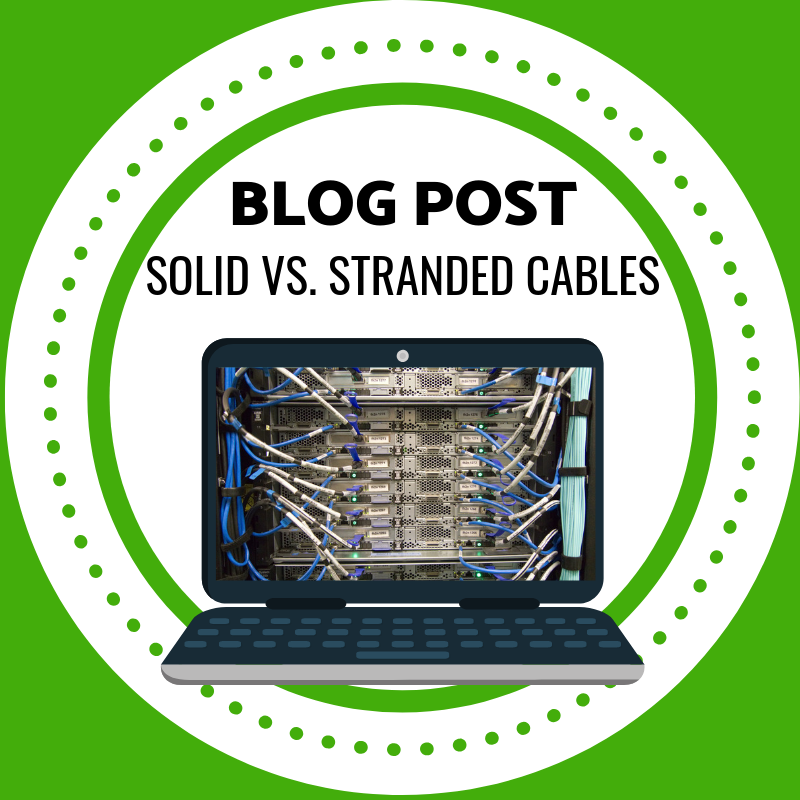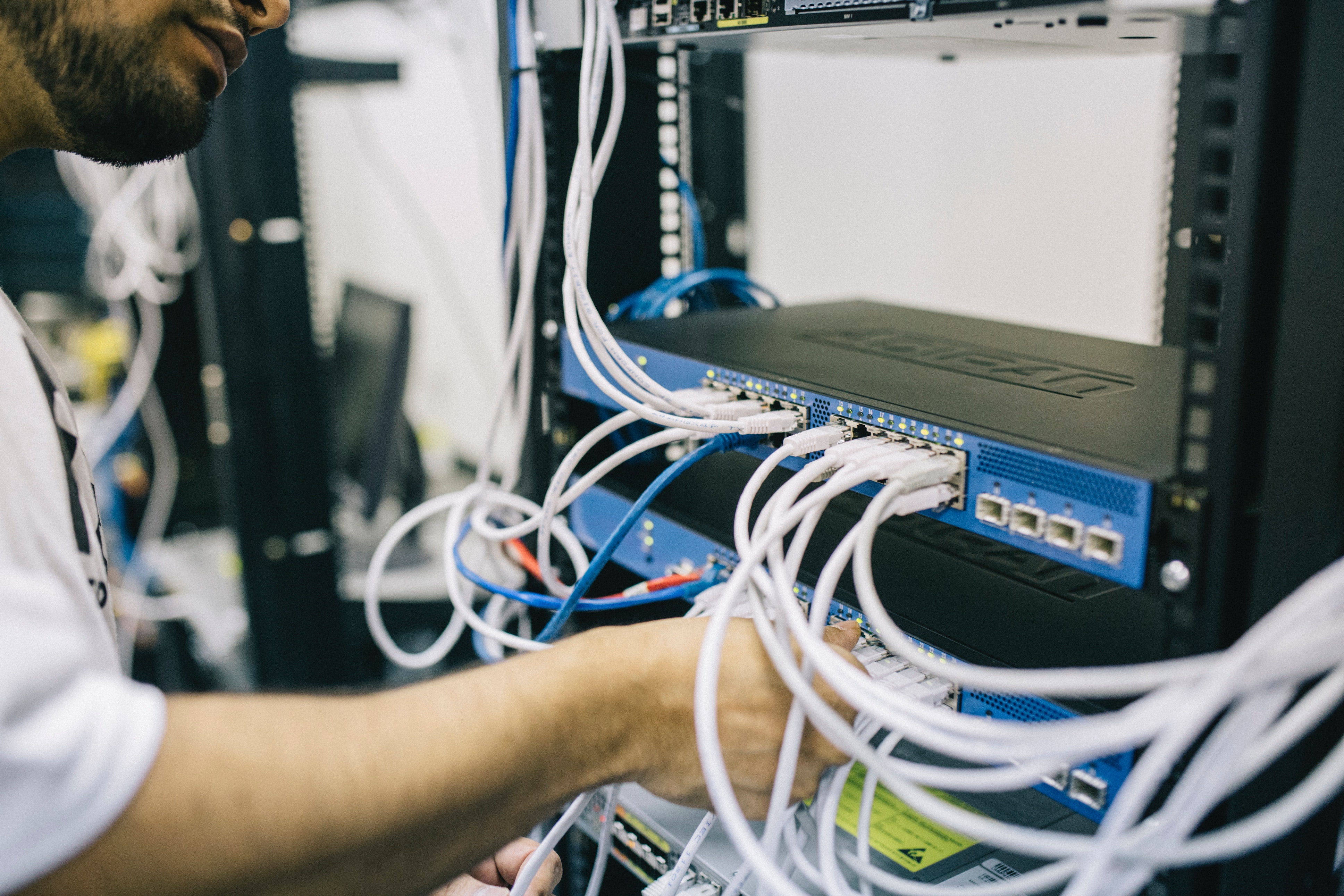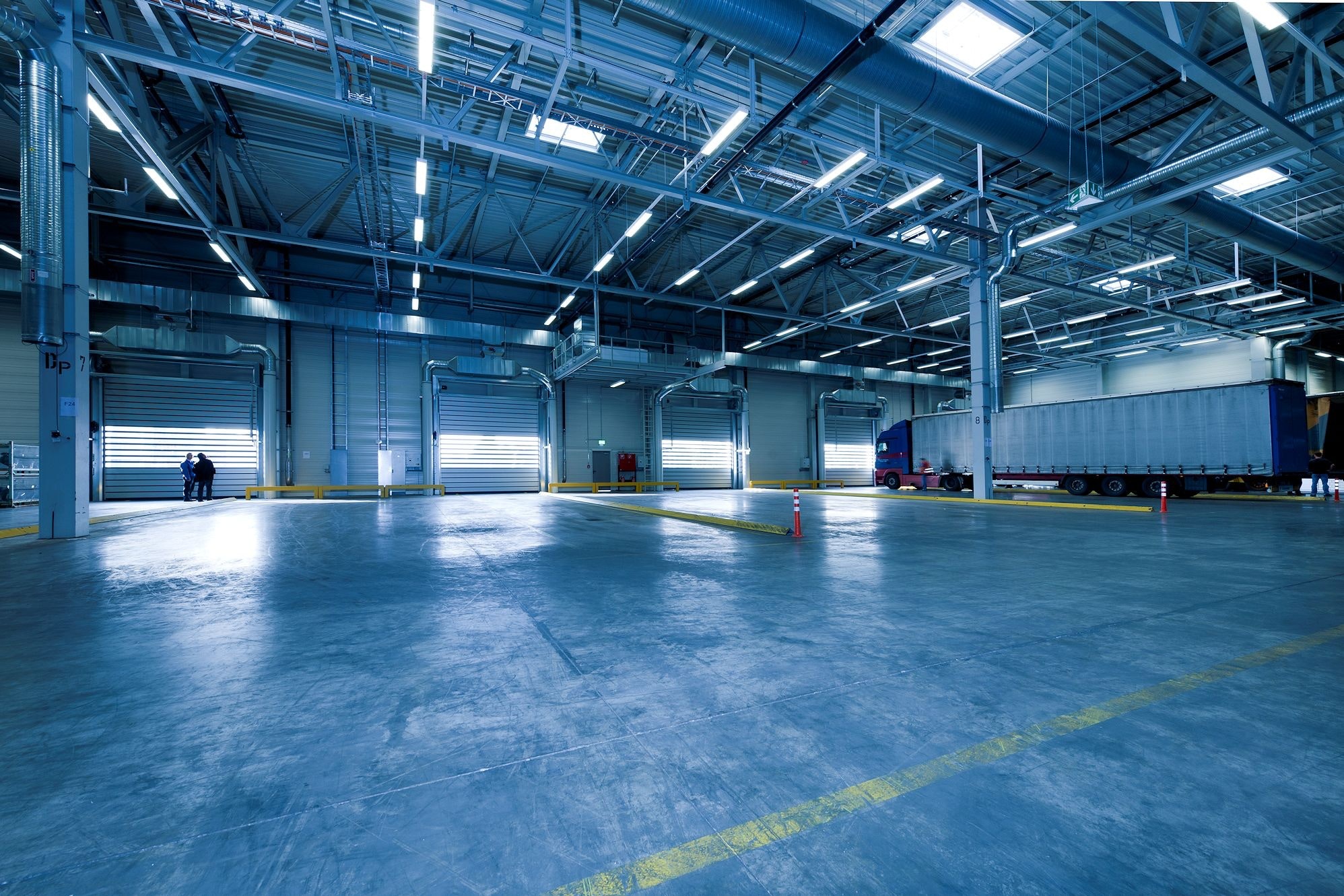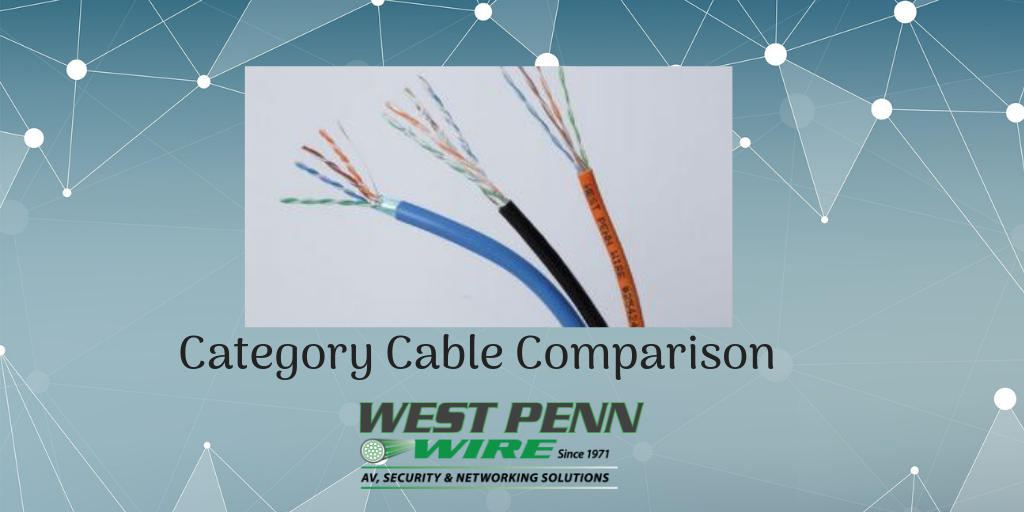There are many instances where a flexible cable is needed. Especially when installing temporary installations such as stages for musical festivals or outdoor concerts. The flexibility in cable makes it easier to coil, pack away, and reinstall when necessary. Also, the flexibility guarantees that the cable is able to withstand frequently pulling and twisting.
Topics: Low Voltage Cables, cable construction, Audio cables, flexible
To help you stay up to date on products and trends, we publish monthly blogs with insight and product information. As a result, our blog continues to grow in readership each month!
With 2020 behind us, we take a look back at the topic and posts that were most important to you. After we examined the most-read blogs from 2020, as well as the most-read West Penn Wire blogs of all time, we're sharing your favorite here!
Topics: Low Voltage Cables, Fiber Optic, fire alarm cables, networking, outdoor cable
-
Highly Flexibility
-
Easier to Route
-
Can withstand large amounts of repetitive motion
-
Replaced less often
-
Expensive
-
Cost-Effective
-
Cant withstand large amounts of repetitive motion
-
Not highly flexible
Topics: Low Voltage Cables, bulk cable, Solid Cable, Stranded Cable
Top 5 Mistakes to Avoid When Installing Networking Cable
When a new installation is taking place or an update is needed, some potential mistakes may be overlooked. Often, trying to get a project done as easy and cost-effective as you can, can sometimes a few areas may be overlooked. If a project is rushed and not properly planned from the beginning that could result in a company facing hidden costs and slower network performance.
Topics: Low Voltage Cables, networking, network
Topics: Low Voltage Cables, Fiber Optic, cable construction, coaxial cables
LEDs have become increasingly popular and it's easy to see why since they offer many benefits over traditional lighting. They have greater lifespans, use less energy, safer alternatives and much more! The following are seven advantages to consider when switching to LED lighting:
Topics: Low Voltage Cables, LED Cables, Lighting, LED Lighting
Category Cable Comparison: Cat 5 vs. Cat 6 vs. Cat 7
Category cable or, Networking cable, is essential for networking or multimedia installations in projects such as higher education, government, corporate, conference rooms, healthcare, houses of worship, digital signage, hospitality and large venue applications. This article will go over the most common and different types of category cables.
Topics: Low Voltage Cables, Category 7 Cable, Category Cable, Cat7, Category 6A Cable, networking, Category 5e
Fire alarm systems are very important for any business, school, facility, home and much more. They protect us when alerts arise and deliver notification of potential threat and harm. In previous blogs, we have discussed how fire detection systems work and the differences between conventional vs. addressable fire alarm systems.
Today, we will go over the different types of fire alarm cables with both power limited and non-power limited fire alarm cables. So, let's begin...
Topics: Low Voltage Cables, fire alarm cables, fire alarm, fire alarm systems
Fiber optic cables have many advantages over traditional copper cables to help with ease of installation. When fiber optic cabling is discussed other terms such as attenuation rates and wavelengths are mentioned to understand how light effectively transmits through the cable.
We examined discussed in length about fiber optics in previous blog posts, but in this particular article, we will dig deeper into wavelengths and how they affect the strength of the fibers.
Topics: Low Voltage Cables, Fiber Optic Cable, Fiber, Fiber Optic Connector, Fiber Optic
As a business or residential owner the last thing that you need is an electrical fire. Yet, these are common in older buildings and can be severely dangerous. With fall and winter months just around the corner, we are at great risk of electrical fires from increased usage of lights and heaters. To make sure you are prepared, view the top causes of electrical fires below:
Topics: Low Voltage Cables, fire alarm cables, fire alarm











